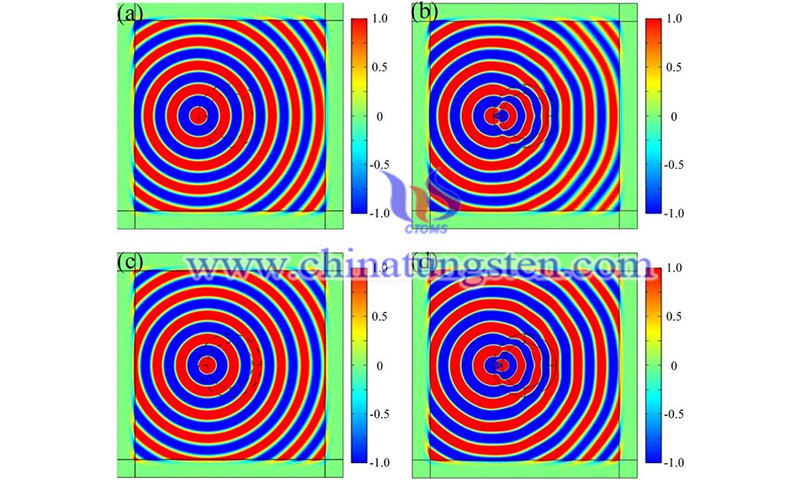Molybdenum Trioxide to Replace Expensive Metamaterials in Novel Optical Devices
- Details
- Category: Tungsten's News
- Published on Thursday, 06 January 2022 21:04
A new study published in Nanophotonics by lead authors Huanyang Chen at Xiamen University, China, and Qiaoliang Bao, shows that molybdenum trioxide (a-MoO3) materials can be used to replace expensive and difficult-to-produce metamaterials in emerging technology for new optical devices.
The idea of an invisibility cloak may sound more like magic than science, but researchers are currently hard at work producing devices that can scatter and bend light in such a way as to produce the effect of invisibility.

These devices rely on metamaterials, a specially engineered material that possesses new properties not found in naturally occurring matter or in individual particles of that material, but research by Professor Chen and his co-authors has shown the use of a-MoO3 to create these invisible devices.
This material could provide an excellent platform for controlling energy flow. The team's simulations show that when a cylindrical or rolled-up a-MoO3 material replaces the metamaterial, a simplified cloaking concentrator can achieve the electromagnetic cloaking and energy concentration that would be exhibited by a near-perfectly cloaked device.
Thus, this study shows that hyperbolic materials such as a-MoO3 and vanadium pentoxide (V2O5) can serve as a new basis for translational optics, offering possibilities for photonic devices beyond invisible concentrators, including improved infrared imaging and detection systems.
Transformation optics has been a hot topic in physics in recent decades, thanks to the discovery that the path of light in a continuous medium can be the same as its propagation in a curved space that has undergone a coordinate transformation.

The result is that the behavior of light as it passes through a material can be manipulated, which has led to the creation of many novel optical devices such as the invisibility cloak, a camouflage material that can cover an object and bend the light around it so that it virtually disappears, and other optical illusion devices.
"This is the first time that two-dimensional materials have been used to transform an optical device. Normally, we need metamaterials, but this is much simpler," Chen said. The researcher went on to explain that the first application of the findings could be to be able to improve large-size energy concentrators for such devices. "We are now conducting experiments by coiling up molybdenum trioxide, and we hope its results will be available soon."
Molybdenum trioxide is produced on the largest scale of any molybdenum compound. It is an intermediate in the production of molybdenum metal. It is also an important industrial catalyst. a-MoO3 occurs as the rare mineral molybdite.
| Molybdenum Supplier: Chinatungsten Online www.molybdenum.com.cn | Tel.: 86 592 5129696; Fax: 86 592 5129797;Email:sales@chinatungsten.com |
| Tungsten News & Prices, 3G Version: http://3g.chinatungsten.com | Molybdenum News & Molybdenum Price: http://news.molybdenum.com.cn |